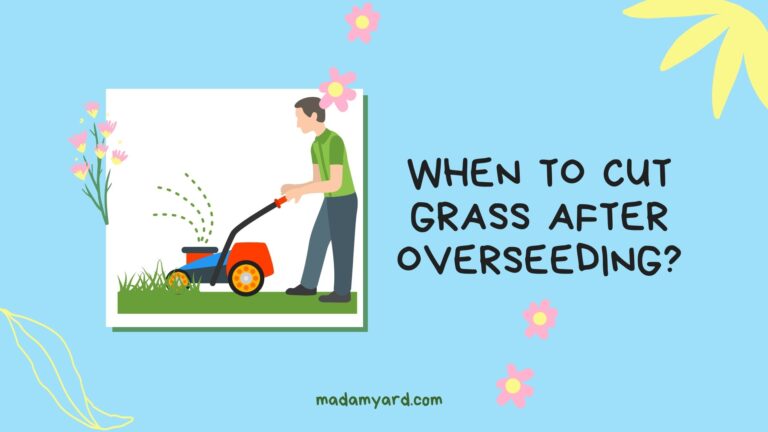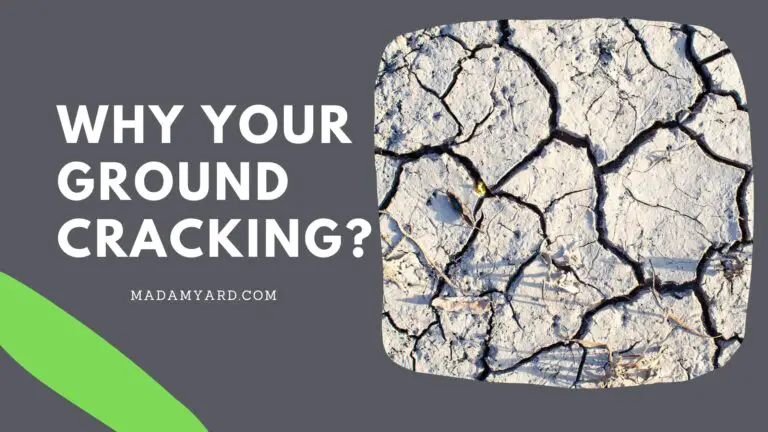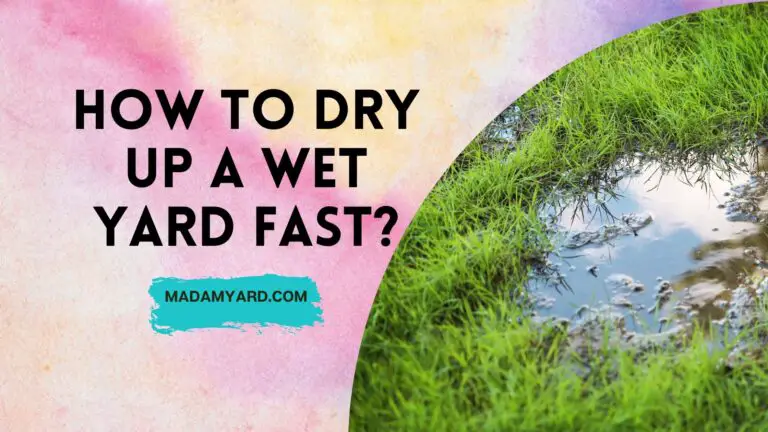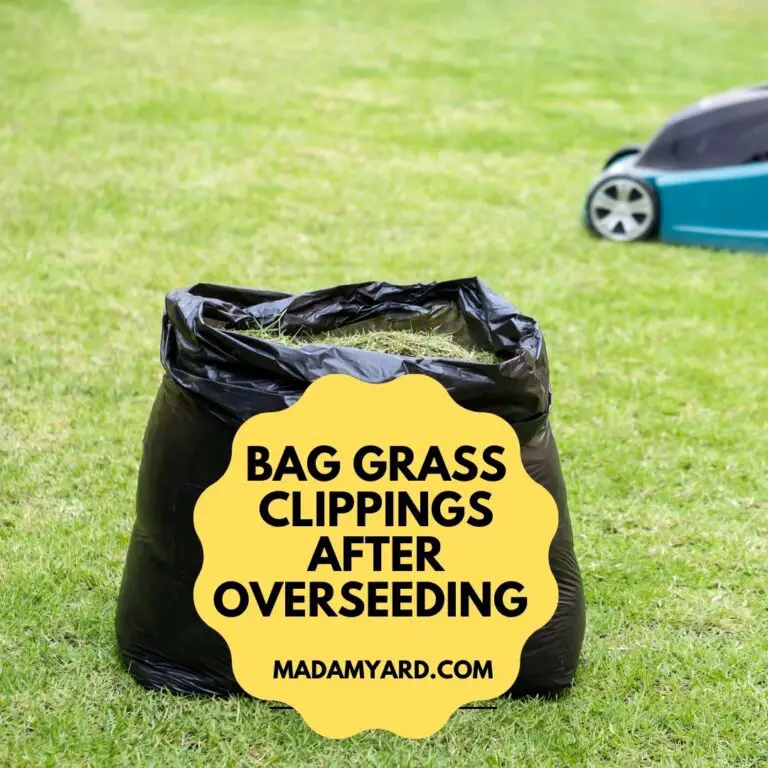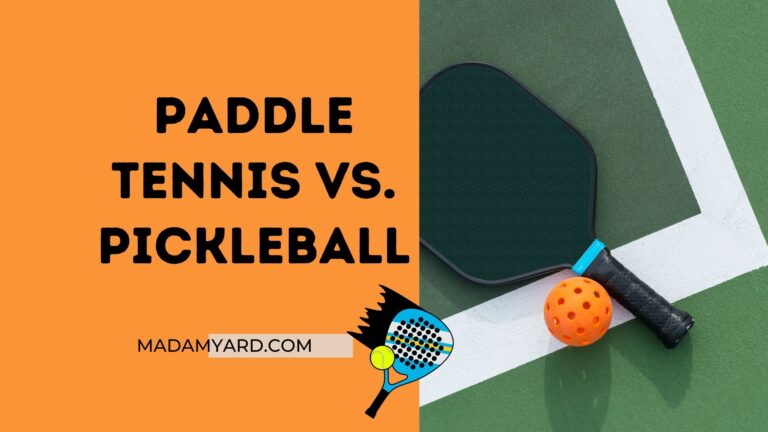Dethatching Vs Aerating
No doubt, a well-kept lawn is always appealing to the eye. However, this well-kept lawn is only achievable if you keep your grass in good shape throughout the year.
When it comes to good lawn management, aerating and dethatching are two of the most crucial activities.
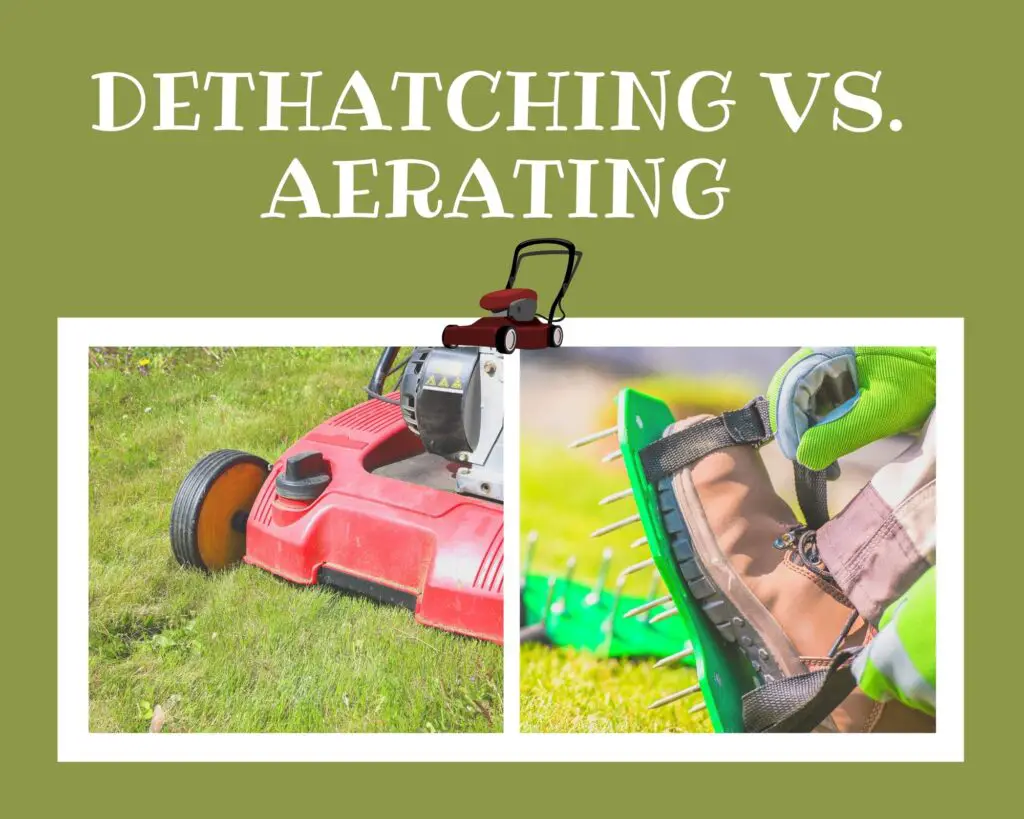
This is because it promotes the mobility of water and air in your lawn’s soil, allowing all of the nutrients to be absorbed by your grass.
These nutrients will undoubtedly assist your lawn’s grass to grow healthily, leaving your lawn appearing neat and clean at all times.
Should I Aerate Or Dethatch First?
Before aerating your grass, it’s best to dethatch it first. But the question is, what does a dethatcher do? You’ll be removing unnecessary detritus and promoting healthy root development this way.
When there is a compaction issue, aerating is the best solution. Air, nutrients, and water penetration into the root zone of your grass will be improved by dethatching and aerating your lawn.
The major issue that these two techniques solve is thatch. It happens when your lawn collects dead organic debris, and then it can decompose.
It all starts with a thin coating of detritus that makes your lawn spongy. Thatch accumulation happens when there isn’t enough microbial activity in your grass to break down the organic materials.
Your grass will begin to thin and grow slowly, consequently inadequate water, air, and fertilizer penetration through the heavy core of thatch.
If the amount of thatch is small, it may be removed using a dethatching tool or a power rake.
What Is The Difference Between Dethatching And Aerating
Dethatching is the act of eliminating excess thatch from the lawn surface so that air and water may move freely into the soil.
Thatch is the decomposing organic waste on your lawn’s surface, which might include fallen leaves, grass clippings left behind, and leaves, twigs, and blooms from nearby trees and bushes.
Thatch is good for the soil at modest levels since it nourishes it with nutrients while also helping to keep the soil moist—especially during hot summer days.
On the other hand, excessive thatching may be detrimental to the health of your lawn soil, as the thick coating of thatch stops air and water from reaching the roots of your turfgrass, resulting in root hypoxia.
On the other hand, aeration loosens the soil to repair soil compaction. Soil that is compacted is often complex and can suffocate root growth.
Aeration, which involves removing tiny portions of soil, counteracts the effects of compaction by making the soil more breathable. Aeration of the soil allows rapid root formation, allowing your turfgrass to thrive.
Methods Of Dethatching And Aerating
Dethatching Methods
Dethatching entails removing thatch from your grass using a heavy rake. Dethatchers are metal blades with curved edges that slice through your thatch and pull it up. You may change the blades to meet the amount of thatch growth on your grass.
Manual Dethatcher
It’s a scrape with short, curved steel blades that cut through and pull up thatch. Using a manual dethatcher is similar to raking your grass, requiring more muscle.
Best for: Small lawns with a slight thatch problem.
Dethatching Machine
Dethatching machines resemble miniature lawn mowers with revolving wire tines that pick out thatch. You can mow your lawn with a dethatcher by making two or three passes across it.
Best for: Lawns with a varying severity thatch problem.
Power Rake
Power rakes are big, mower-like machines with knife-like tines rotating perpendicular to the ground on the bottom of the machine. Make two or three passes through your grass with a power rake, but be careful not to scalp it. Make sure you’re not ripping the roots out as you go.
Best for: Large lawns with a moderate – to – severe thatch problem.
Verticutter
Verticutters feature flat, vertical discs that slice through the thatch and into the soil, forming grooves in the soil. Make two passes through your yard, using the appropriate blade spacing and depth for your grass type and thatch level.
Best for: Large lawns with a lot of thatch.
Rake up the trash and compost it when you’ve finished dethatching.
After dethatching, give your lawn some extra attention: To give your grass a boost, fertilize, water, and overseed.
Aerating Methods
Core aerators contain hollow tines that pierce holes every few inches in the ground, uprooting soil plugs that degrade your grass.
While alternative types of aeration are available, most lawn care professionals and homeowners choose core aeration for its long-term effectiveness.
You may use many tools to core aerate your grass, including:
Manual Core Aerator
A manual core aerator is a straightforward and low-cost aeration alternative. It has a T-shaped handle, a long steel body, a foot bar, and two hollow tines that puncture the ground, similar to a pogo stick. You’ll use a manual core aerator to create holes 2 to 3 inches apart all across your grass.
Best for: Small yards and places that require spot aeration.
Gas-Powered, Push-Behind Core Aerator
Most people rent a push-behind aerator for a few hours or a day. Push-behind aerators resemble lawnmowers and handle much of the heavy lifting for you. Make at least two runs through your grass, one north to south and the other east to west.
Best for: Larger lawns with severe compaction.
Aerator With A Tow-Behind Core
Tow-behind aeration is a reasonably painless approach to exfoliating your lawn if you have a riding mower fully. Hollow tines on tow-behind aerators spin like soil-filled wheels as they travel across your grass. Drive your lawn tractor in overlapping lines over your lawn at the slowest engine speed possible, increasing the pace as conditions allow.
Best for: Lawns with a lot of compaction.
After you’ve aerated your grass, make sure to leave soil cores. Cores work as a natural topdressing, adding nutrients to your grass.
Apply fertilizer and compost after aeration. To provide your roots with a nutrient-rich environment, rake compost into the holes.
It is the ideal time to overseed to foster thick grass growth. For the next two to three weeks after aeration, water your grass every two to three days.
What Is Better For Lawn Dethatching Or Aerating?
The first step is to decide whether your grass would benefit more from dethatching or aeration.
Dethatching won’t assist much if the earth is too compact. The compacted soil requires aeration.
If your lawn has a heavy layer of organic materials beneath the grass, dethatching is required. The best approach to check this is to place your hand on the ground.
You might also use a ruler to gauge the thickness of the thatch. If the thatch is more than half an inch thick, it should be removed.
Second, remember to aerate the grass regularly, and dethatching should be done when the organic layer forms a barrier that prevents nutrients from reaching the soil.
If you’re deciding between dethatching and aerating for overseeding, the former is preferable if the thatch is more than half an inch thick.
While all of these methods are beneficial, dethatching exposes the soil and allows more opportunities for new roots to grow.
A dethatcher’s blades will work as a cultivator, assisting seeds in their ascent into the earth.
Should You Dethatch Or Aerate Before Overseeding?
Seeding your lawn needs some preparation, and overseeding necessitates some preliminary preparation. Before overseeding, dethatching and aeration can improve the condition of your grass.
It would help if you dethatched when your thatch layers have grown to be too thick. Overseeding will not be successful if you do not dethatch as necessary. The germination rate of overseeding will be increased by dethatching and aerating.
Nutrition will be able to seep deeper into the soil with the aid of aeration. As a result, if you aerate before overseeding, your young grasses will receive more nutrients and will be able to develop more healthily.
However, dethatching and aeration aren’t usually required before overseeding. While you are overseeing, you are free to do whatever you like.
You should aerate if there are any bare holes. You should dethatch the lawn if there is any additional thatch, and it depends on the lawn’s state.
On the other hand, these two can improvise in the aftermath of your overseeding procedure.
When To Aerate Your Lawn?
Your lawn’s soil might get compacted and tight at times, and it is due to the accumulation of pressure over time. As a result, the soil’s roots and plants are deprived of water and, in specific cases, oxygen.
In this situation, ‘aeration’ refers to the act of loosening the soil so that it can breathe. Consequently, both the plant and the soil will have equal access to water, nutrients, and space.
If you want your lawn to recover fast, aerate it during its prime growing season, early spring or autumn for cool-season grasses, and late spring through early summer for warm-season grasses.
You should aerate your lawn every year with high-traffic areas or heavy clay soil. Aerating your lawn every 2-3 years is recommended if you have sandy soil or if your grass is developing nicely.
When To Dethatch Your Lawn?
There are two techniques to determine whether or not your grass needs dethatching. First, push your palm against the dirt to see how it responds. Does it feel like a sponge, or does it bounce? If your hand penetrates further without bouncing, thatch is present, and you may need to dethatch.
Another method to identify whether there’s a thatch is to look at the grasses’ shoots and see if they’re having trouble developing. If they don’t seem to be coming out freely, the thatch might be preventing them from growing.
When your grass is actively developing, and the soil is reasonably damp, it’s the optimum time to dethatch it. It’s early spring or early fall for cool-season grasses. Dethatch warm-season grasses from late spring until early summer. That’s when your lawn is at its healthiest.
Conclusion – Dethatching Vs Aerating
Aeration and dethatching are two strategies for ensuring that your grass grows thicker and healthier. Aerating your lawn involves creating holes in the soil to allow water, oxygen, and nutrients to reach the roots.
Dethatching is the process of removing a heavy coating of thatch that prevents sunlight from reaching the roots. Both techniques will help your grass grow by improving the soil structure.
FAQs
Q1: Is Dethatching Preferable To Aeration?
The purpose of both dethatching and aerating is to provide more oxygen, water, and nutrients to the soil. However, equipment is required for each of these operations.
It’s difficult to say which is preferable when comparing dethatching and aerating. Aerating entails digging holes in the earth and is popular among gardeners.
On the other hand, Dethatching is unquestionably riskier because it requires removing a layer of dirt. You may also cause harm to your lawn accidentally. So, if you want to increase the health of your lawn, these procedures will help.
Q2 Is It Possible To Dethatch After Aerating?
Before you aerate your grass, it’s a good idea to dethatch it.
Dethatching cleans up the yard’s surface, removes organic buildup, and prepares the ground for aeration. Not to mention that aeration will be much easier without thatch in the way.
It may aid in developing healthy and lush grass, so make sure you dethatch first and then aerate, rather than the other way around.
Q3: When To Dethatch Your Lawn?
The time is determined by the type of grass in your yard.
To put it as simply as possible, you should dethatch your grass while it is growing to reap the benefits of the additional nutrients.
The grass must have sufficient time to heal itself. Dethatch your cool-season grass in the fall if you have it. Late in the spring, dethatch warm-season grass.
When dethatching, keep in mind that the soil should not be excessively dry or too damp.

